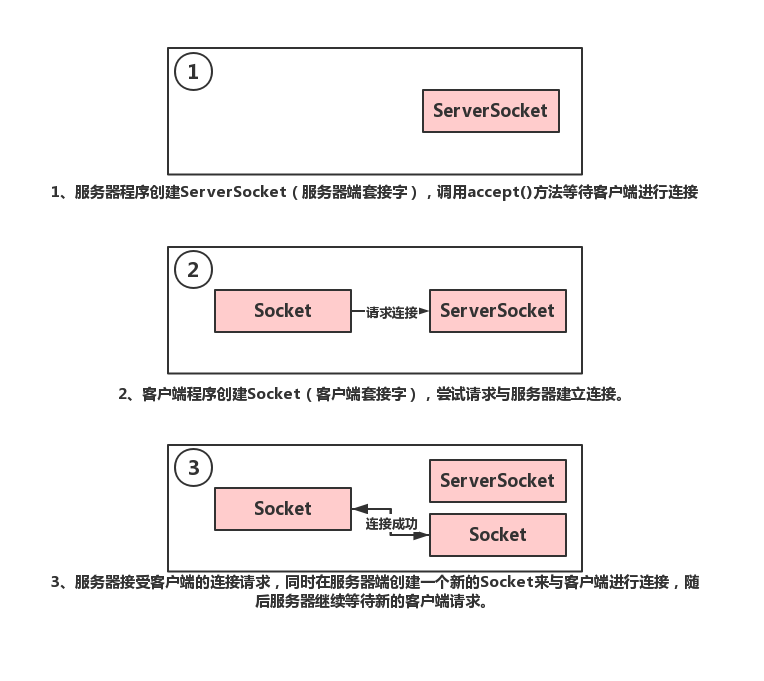Android自定義Dialog原理實例解析
Android開發過程中,常常會遇到一些需求場景——在界面上彈出一個彈框,對用戶進行提醒并讓用戶進行某些選擇性的操作,
如退出登錄時的彈窗,讓用戶選擇“退出”還是“取消”等操作。
Android系統提供了Dialog類,以及Dialog的子類,常見如AlertDialog來實現此類功能。
一般情況下,利用Android提供的Dialog及其子類能夠滿足多數此類需求,然而,其不足之處體現在:
1. 基于Android提供的Dialog及其子類樣式單一,風格上與App本身風格可能不太協調;
2. Dialog彈窗在布局和功能上有所限制,有時不一定能滿足實際的業務需求。
本文將通過在Dialog基礎上構建自定義的Dialog彈窗,以最常見的確認彈框為例。
本樣式相對比較簡單:上面有一個彈框標題(提示語),下面左右分別是“確認”和“取消”按鈕,當用戶點擊“確認”按鈕時,彈框執行
相應的確認邏輯,當點擊“取消”按鈕時,執行相應的取消邏輯。
首先,自定義彈框樣式:
<?xml version='1.0' encoding='utf-8'?><LinearLayout xmlns:android='http://schemas.android.com/apk/res/android' android:layout_width='match_parent' android:layout_height='wrap_content' android:background='@drawable/dialog_bg' android:orientation='vertical' > <TextView android: android:layout_width='wrap_content' android:layout_height='wrap_content' android:layout_gravity='center' android:paddingTop='14dp' android:textColor='@color/login_hint' android:textSize='@dimen/text_size_18' /> <LinearLayout android:layout_width='match_parent' android:layout_height='wrap_content' android:layout_marginBottom='14dp' android:layout_marginLeft='20dp' android:layout_marginRight='20dp' android:layout_marginTop='30dp' > <TextView android: android:layout_width='wrap_content' android:layout_height='wrap_content' android:layout_marginRight='10dp' android:layout_weight='1' android:background='@drawable/btn_confirm_selector' android:gravity='center' android:textColor='@color/white' android:textSize='@dimen/text_size_16' /> <TextView android: android:layout_width='wrap_content' android:layout_height='wrap_content' android:layout_marginLeft='10dp' android:layout_weight='1' android:background='@drawable/btn_cancel_selector' android:gravity='center' android:textColor='@color/login_hint' android:textSize='@dimen/text_size_16' /> </LinearLayout></LinearLayout>
然后,通過繼承Dialog類構建確認彈框控件ConfirmDialog:
package com.corn.widget;import android.app.Dialog;import android.content.Context;import android.os.Bundle;import android.util.DisplayMetrics;import android.view.LayoutInflater;import android.view.View;import android.view.Window;import android.view.WindowManager;import android.widget.TextView;import com.corn.R;public class ConfirmDialog extends Dialog { private Context context; private String title; private String confirmButtonText; private String cacelButtonText; private ClickListenerInterface clickListenerInterface; public interface ClickListenerInterface { public void doConfirm(); public void doCancel(); } public ConfirmDialog(Context context, String title, String confirmButtonText, String cacelButtonText) { super(context, R.style.MyDialog); this.context = context; this.title = title; this.confirmButtonText = confirmButtonText; this.cacelButtonText = cacelButtonText; } @Override protected void onCreate(Bundle savedInstanceState) { // TODO Auto-generated method stub super.onCreate(savedInstanceState); init(); } public void init() { LayoutInflater inflater = LayoutInflater.from(context); View view = inflater.inflate(R.layout.confirm_dialog, null); setContentView(view); TextView tvTitle = (TextView) view.findViewById(R.id.title); TextView tvConfirm = (TextView) view.findViewById(R.id.confirm); TextView tvCancel = (TextView) view.findViewById(R.id.cancel); tvTitle.setText(title); tvConfirm.setText(confirmButtonText); tvCancel.setText(cacelButtonText); tvConfirm.setOnClickListener(new clickListener()); tvCancel.setOnClickListener(new clickListener()); Window dialogWindow = getWindow(); WindowManager.LayoutParams lp = dialogWindow.getAttributes(); DisplayMetrics d = context.getResources().getDisplayMetrics(); // 獲取屏幕寬、高用 lp.width = (int) (d.widthPixels * 0.8); // 高度設置為屏幕的0.6 dialogWindow.setAttributes(lp); } public void setClicklistener(ClickListenerInterface clickListenerInterface) { this.clickListenerInterface = clickListenerInterface; } private class clickListener implements View.OnClickListener { @Override public void onClick(View v) { // TODO Auto-generated method stub int id = v.getId(); switch (id) { case R.id.confirm:clickListenerInterface.doConfirm();break; case R.id.cancel:clickListenerInterface.doCancel();break; } } };}
在如上空間構造代碼中,由于控件的'確認'和'取消'邏輯與實際的應用場景有關,因此,控件中通過定義內部接口來實現。
在需要使用此控件的地方,進行如下形式調用:
public static void Exit(final Context context) { final ConfirmDialog confirmDialog = new ConfirmDialog(context, '確定要退出嗎?', '退出', '取消'); confirmDialog.show(); confirmDialog.setClicklistener(new ConfirmDialog.ClickListenerInterface() { @Override public void doConfirm() {// TODO Auto-generated method stubconfirmDialog.dismiss();//toUserHome(context);AppManager.getAppManager().AppExit(context); } @Override public void doCancel() {// TODO Auto-generated method stubconfirmDialog.dismiss(); } }); }
調用中實現了此控件的內部接口,并賦給控件本身,以此在點擊按鈕時實現基于外部具體業務邏輯的函數回調。
以上就是本文的全部內容,希望對大家的學習有所幫助,也希望大家多多支持好吧啦網。
相關文章:

 網公網安備
網公網安備